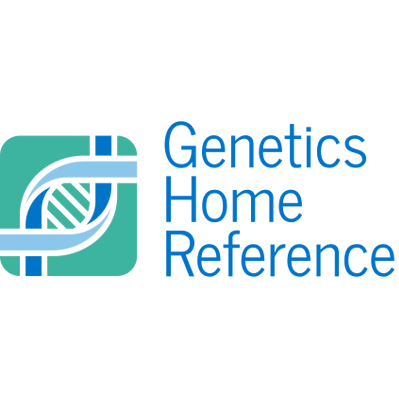
Autosomal dominant optic atrophy and cataract is an eye disorder that is characterized by impaired vision. Most affected individuals have decreased sharpness of vision (visual acuity) from birth, while others begin to experience vision problems in early childhood or later. In affected individuals, both eyes are usually affected equally. However, the severity of the vision loss varies widely, even among affected members of the same family, ranging from nearly normal vision to complete blindness.
Several abnormalities contribute to impaired vision in people with autosomal dominant optic atrophy and cataract. In the early stages of the condition, affected individuals experience a progressive loss of certain cells within , which is a specialized light-sensitive tissue that lines the back of the eye. The loss of these cells (known as retinal ganglion cells) is followed by the degeneration (atrophy) of the nerves that relay visual information from the eyes to the brain (), which contributes to vision loss. Atrophy of these nerves causes an abnormally pale appearance (pallor) of the optic nerves, which can be seen only during an eye examination. Most people with this disorder also have clouding of the lenses of the eyes (). This eye abnormality can develop anytime but typically appears in childhood. Other common eye problems in autosomal dominant optic atrophy and cataract include involuntary movements of the eyes (nystagmus), or (color vision deficiency) that make it difficult or impossible to distinguish between shades of blue and green.
Some people with autosomal dominant optic atrophy and cataract develop disturbances in the function of other nerves (neuropathy) besides the optic nerves. These disturbances can lead to problems with balance and coordination (cerebellar ataxia), an unsteady style of walking (gait), prickling or tingling sensations (paresthesias) in the arms and legs, progressive muscle stiffness (spasticity), or rhythmic shaking (tremors). In some cases, affected individuals have hearing loss caused by abnormalities of (sensorineural deafness).
